Voyager Gold Record
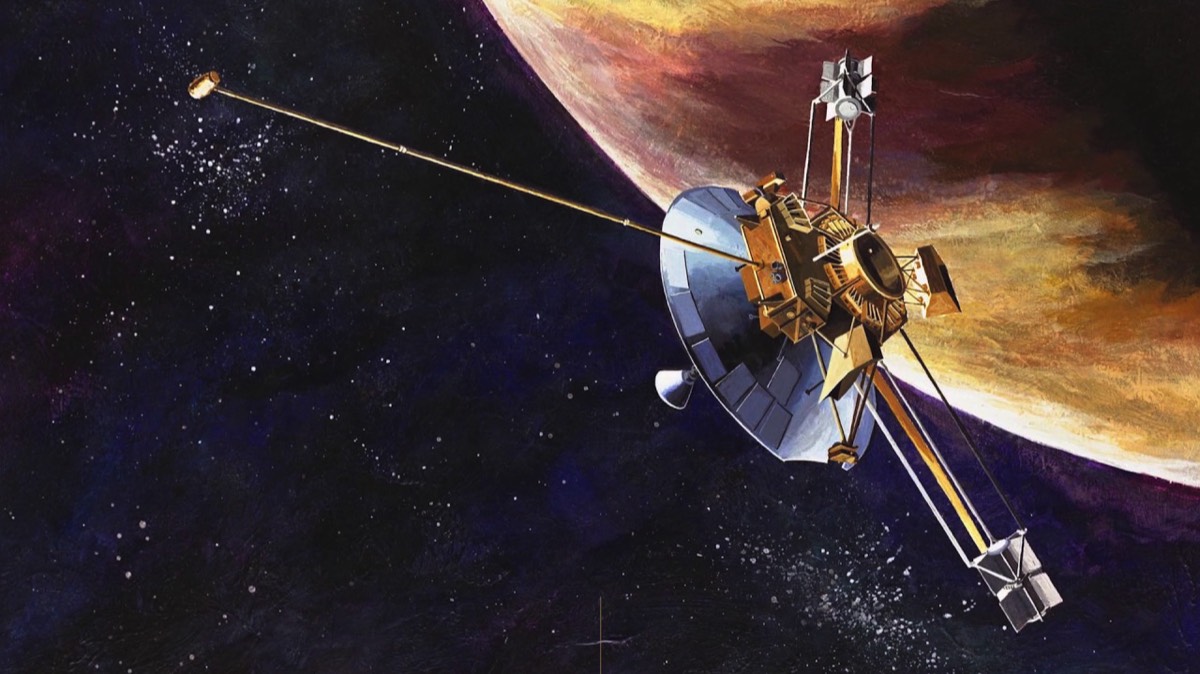
The Golden Record
The Voyager Golden Records are phonograph records that were included aboard both Voyager spacecraft launched in 1977. They contain sounds and images selected to portray the diversity of life and culture on Earth, and are intended for any intelligent extraterrestrial life form, or for future humans, who may find them.
NASA attached a copy of the Golden Record to both the Voyager I and II spacecrafts. The discs were created by a special committee that included beloved astronomer Carl Sagan alongside musicologist Alan Lomax, who served as a volunteer member. The discs featured an array of music from around the world, including Beethoven's Fifth Symphony, an Indian raga and Chuck Berry's "Johnny B. Goode”.
Along with the music, the discs included audio of various Earth sounds (rain, dogs, kissing, laughter, ships, tractors), greetings in 55 human languages and one whale language.
NASA launched Pioneer 10 and 11 in 1972 and 1973, and has since lost communication with both. They aren't traveling as fast as the Voyagers, but they will eventually enter interstellar space as well. They too, carry a message for extraterrestrial life, in the form of a 6-by-9-inch gold-anodized aluminum plaque, designed by Sagan.
The Voyager Golden Records are phonograph records that were included aboard both Voyager spacecraft launched in 1977. They contain sounds and images selected to portray the diversity of life and culture on Earth, and are intended for any intelligent extraterrestrial life form, or for future humans, who may find them.
NASA attached a copy of the Golden Record to both the Voyager I and II spacecrafts. The discs were created by a special committee that included beloved astronomer Carl Sagan alongside musicologist Alan Lomax, who served as a volunteer member. The discs featured an array of music from around the world, including Beethoven's Fifth Symphony, an Indian raga and Chuck Berry's "Johnny B. Goode”.
Along with the music, the discs included audio of various Earth sounds (rain, dogs, kissing, laughter, ships, tractors), greetings in 55 human languages and one whale language.
NASA launched Pioneer 10 and 11 in 1972 and 1973, and has since lost communication with both. They aren't traveling as fast as the Voyagers, but they will eventually enter interstellar space as well. They too, carry a message for extraterrestrial life, in the form of a 6-by-9-inch gold-anodized aluminum plaque, designed by Sagan.
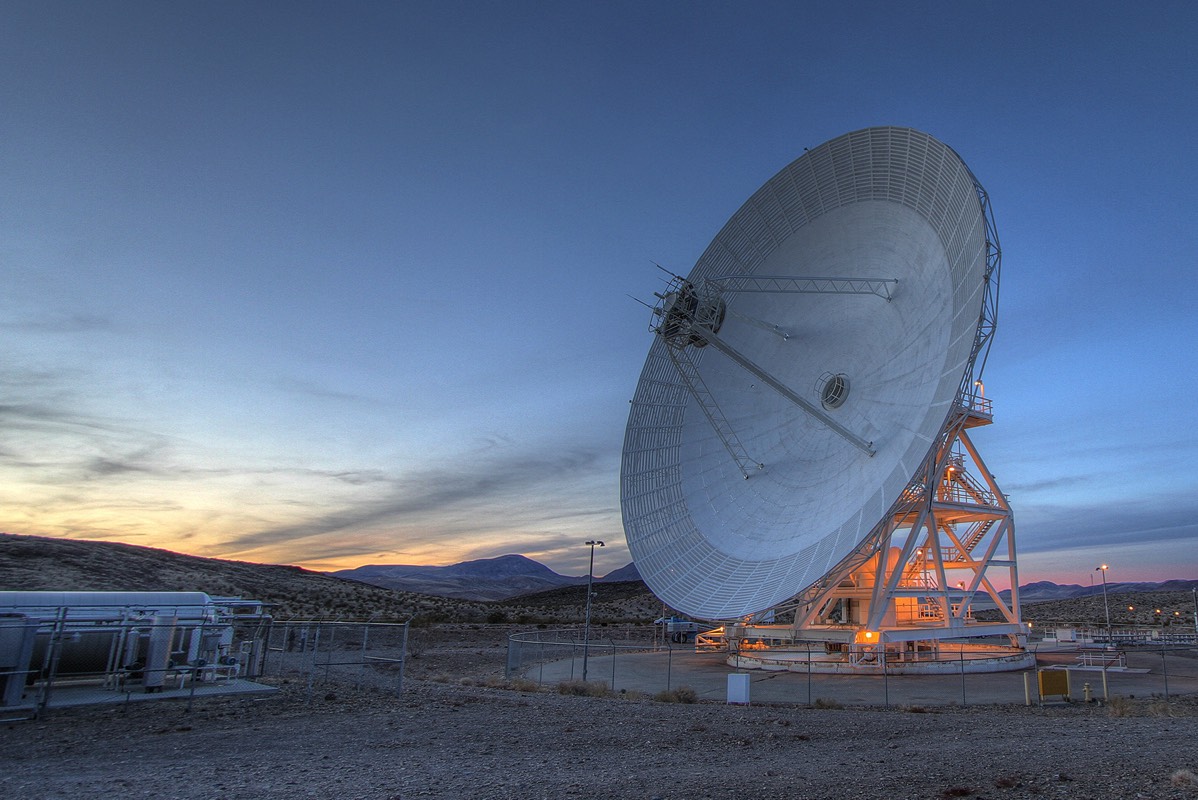
Radio Communications
The radio communication system of Voyager 1 was designed to be used up to and beyond the limits of the Solar System. Voyager 1's main transmitter radiates around 22 watts, which is comparable to a typical ham radio or a refrigerator light bulb. Voyagers are powered by Radioisotope Thermoelectric Generators (RTGs) that convert heat from decaying plutonium-238 into electricity.
The communication system includes a 3*.7 meters (12 ft) diameter parabolic dish high-gain antenna* to send and receive radio waves via the three Deep Space Network stations on the Earth. Voyager 1 normally transmits data to Earth over Deep Space Network Channel 18, using a frequency of either 2296.481481 MHz or 8420.432097 MHz, while signals from Earth to Voyager are broadcast at 2114.676697 MHz. As of 2017, signals from Voyager 1 take over 20 hours to reach Earth. The frequencies are in a restricted satellite band, 8400 to 8450 MHz.
The computers aboard the Voyager probes each have 69.63 kilobytes of memory, total. That’s about enough to store one average internet jpeg file. The probes’ scientific data is encoded on old-fashioned digital 8-track tape machines rather than whatever solid state drive your high-end laptop is currently using. Once it’s been transmitted to Earth, the spacecraft have to write over old data in order to have enough room for new observations.
The Voyager machines are capable of executing about 81,000 instructions per second. The smart phone that is likely sitting in your pocket is probably about 7,500 times faster than that. They transmit their data back to Earth at 160 bits per second. A slow dial-up connection can deliver at least 20,000 bits per second.
The Voyager probes are always sending out a signal. Voyager 1 has a 22.4-Watt transmitter – something equivalent to a refrigerator light bulb – but by the time its beacon reaches us, the power has been reduced to roughly 0.1 billion-billionth of a Watt. NASA has to use its largest antenna, a 70-meter dish, or combine two 34-meter antennas, just to hear Voyager.
The science team communicates with Voyager 1 and 2 every day and typically needs at least four hours just to run through all their health and safety checks. On a good day, researchers might spend double that time sending commands and receiving data. The spacecrafts’ original control and analysis software was written in Fortran 5 (later ported to Fortran 77). Some of the software is still in Fortran, though other pieces have now been ported to the somewhat more modern C.
The Voyager uses a Vidicon camera. Instead of a digital CCD sensor, it has an analog tube sensor. It's sort of the reverse of an old CRT TV set.
Pictures take a long time to capture (like 15s to minutes) and then the sensor area has to be "cleared" after each shot by flooding it with light. It only captured about 800x800 "pixels" - .64 megapixels.
Where in the galaxy is Voyager?
- NASA's Voyager 1 spacecraft is now 13 billion miles away from earth
- It is the farthest and fastest object ever built, traveling at 38,000 miles per hour
- It is passing through interstellar space: the region between stars that's filled with gas, dust and material recycled from dying stars
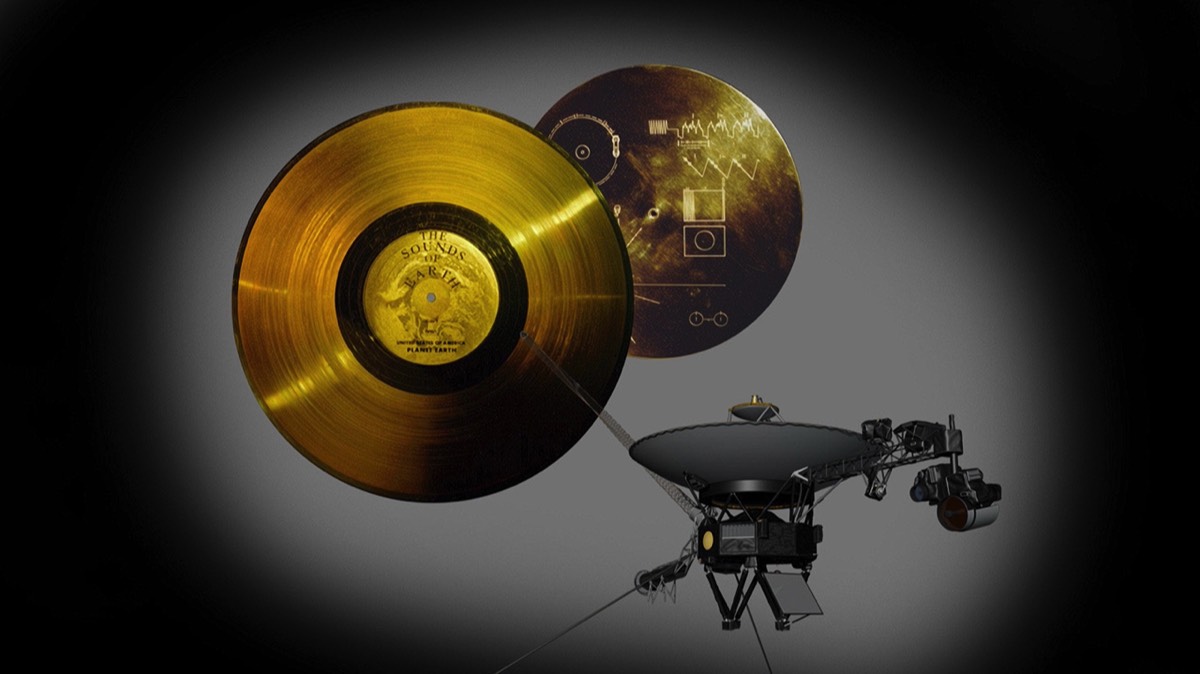
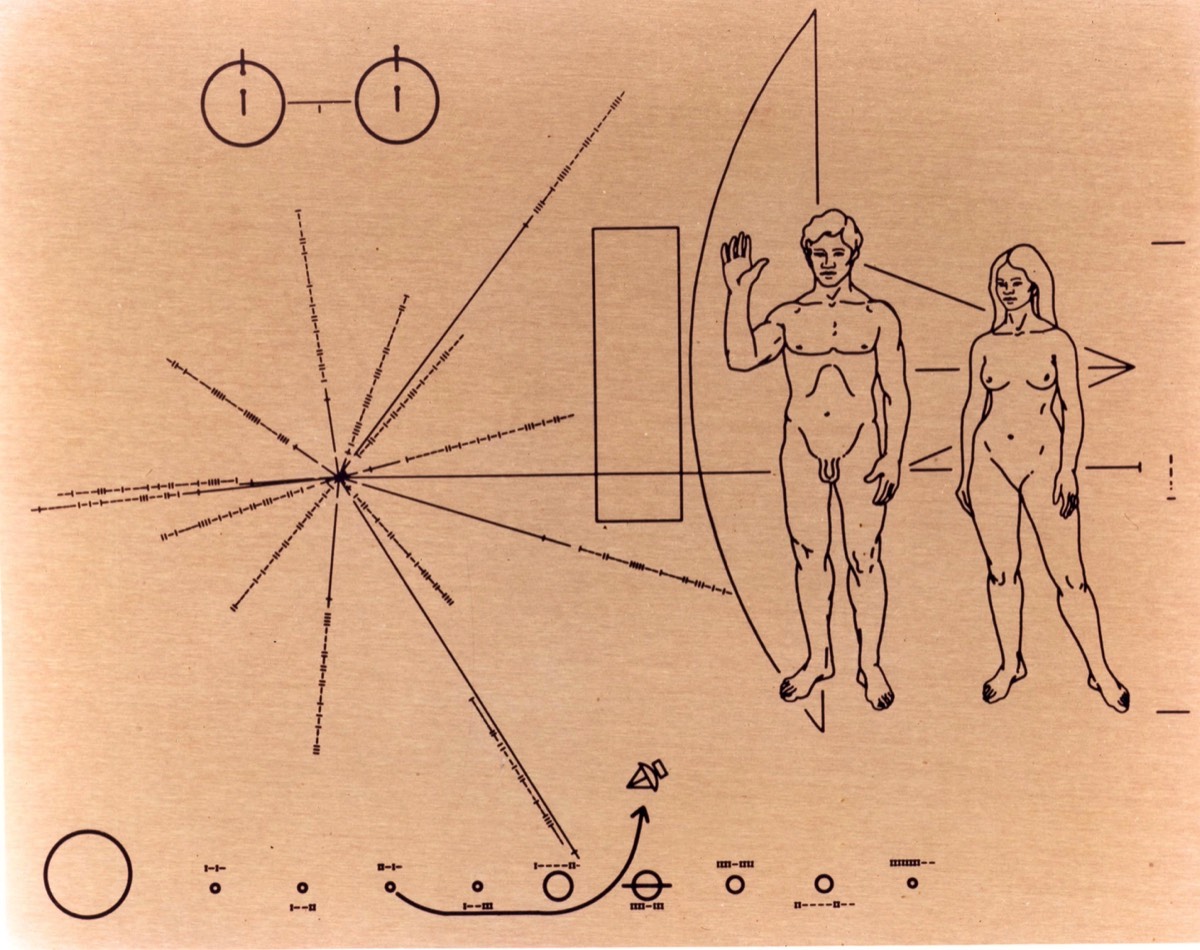
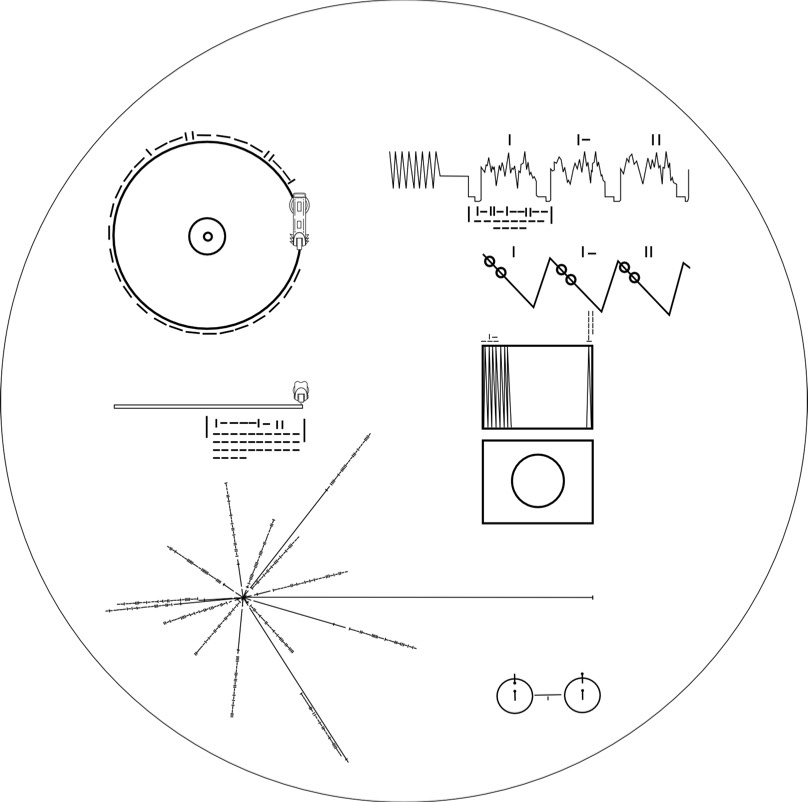
President’s Message
Here is an excerpt of President Carter's official statement placed on the Voyager spacecraft for its trip outside the Solar System, June 16, 1977:
We cast this message into the cosmos ... Of the 200 billion stars in the Milky Way galaxy, some – perhaps many – may have inhabited planets and space faring civilizations. If one such civilization intercepts Voyager and can understand these recorded contents, here is our message: This is a present from a small distant world, a token of our sounds, our science, our images, our music, our thoughts, and our feelings. We are attempting to survive our time so we may live into yours. We hope some day, having solved the problems we face, to join a community of galactic civilizations. This record represents our hope and our determination and our goodwill in a vast and awesome universe.
President Jimmy Carter
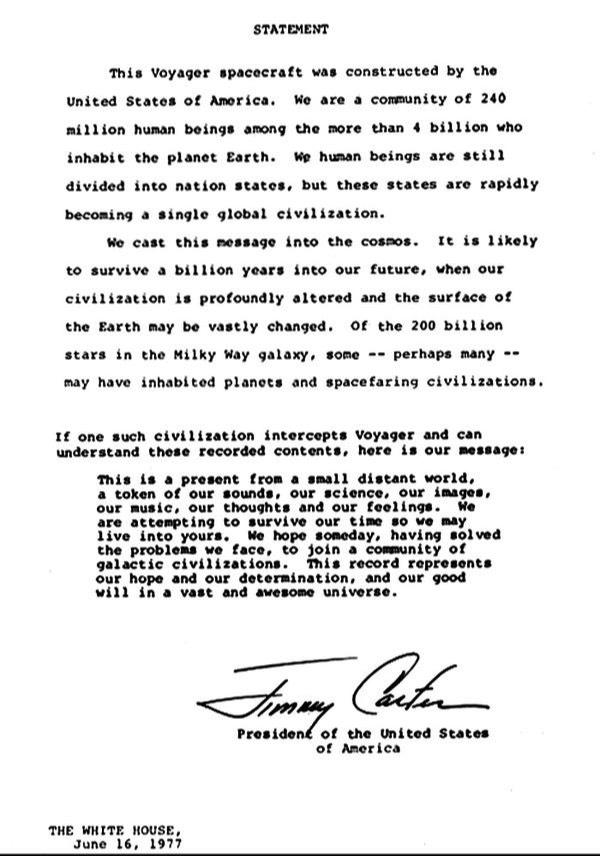
Music from Earth
Music From Earth
The following music was included on the Voyager record.
The following music was included on the Voyager record.
- Bach, Brandenburg Concerto No. 2 in F. First Movement, Munich Bach Orchestra, Karl Richter, conductor. 4:40
- Java, court gamelan, "Kinds of Flowers," recorded by Robert Brown. 4:43
- Senegal, percussion, recorded by Charles Duvelle. 2:08
- Zaire, Pygmy girls' initiation song, recorded by Colin Turnbull. 0:56
- Australia, Aborigine songs, "Morning Star" and "Devil Bird," recorded by Sandra LeBrun Holmes. 1:26
- Mexico, "El Cascabel," performed by Lorenzo Barcelata and the Mariachi México. 3:14
- "Johnny B. Goode," written and performed by Chuck Berry. 2:38
- New Guinea, men's house song, recorded by Robert MacLennan. 1:20
- Japan, shakuhachi, "Tsuru No Sugomori" ("Crane's Nest,") performed by Goro Yamaguchi. 4:51
- Bach, "Gavotte en rondeaux" from the Partita No. 3 in E major for Violin, performed by Arthur Grumiaux. 2:55
- Mozart, The Magic Flute, Queen of the Night aria, no. 14. Edda Moser, soprano. Bavarian State Opera, Munich, Wolfgang Sawallisch, conductor. 2:55
- Georgian S.S.R., chorus, "Tchakrulo," collected by Radio Moscow. 2:18
- Peru, panpipes and drum, collected by Casa de la Cultura, Lima. 0:52
- "Melancholy Blues," performed by Louis Armstrong and his Hot Seven. 3:05
- Azerbaijan S.S.R., bagpipes, recorded by Radio Moscow. 2:30
- Stravinsky, Rite of Spring, Sacrificial Dance, Columbia Symphony Orchestra, Igor Stravinsky, conductor. 4:35
- Bach, The Well-Tempered Clavier, Book 2, Prelude and Fugue in C, No.1. Glenn Gould, piano. 4:48
- Beethoven, Fifth Symphony, First Movement, the Philharmonia Orchestra, Otto Klemperer, conductor. 7:20
- Bulgaria, "Izlel je Delyo Hagdutin," sung by Valya Balkanska. 4:59
- Navajo Indians, Night Chant, recorded by Willard Rhodes. 0:57
- Holborne, Paueans, Galliards, Almains and Other Short Aeirs, "The Fairie Round," performed by David Munrow and the Early Music Consort of London. 1:17
- Solomon Islands, panpipes, collected by the Solomon Islands Broadcasting Service. 1:12
- Peru, wedding song, recorded by John Cohen. 0:38
- China, ch'in, "Flowing Streams," performed by Kuan P'ing-hu. 7:37
- India, raga, "Jaat Kahan Ho," sung by Surshri Kesar Bai Kerkar. 3:30
- "Dark Was the Night," written and performed by Blind Willie Johnson. 3:15
- Beethoven, String Quartet No. 13 in B flat, Opus 130, Cavatina, performed by Budapest String Quartet. 6:37
Sounds from Earth
Sounds of Earth
The following is a listing of sounds electronically placed onboard the Voyager 1 and 2 spacecraft.
The following is a listing of sounds electronically placed onboard the Voyager 1 and 2 spacecraft.
- Music of The Spheres
- Volcanoes, Earthquake, Thunder
- Mud Pots
- Wind, Rain, Surf
- Crickets, Frogs
- Birds, Hyena, Elephant
- Chimpanzee
- Wild Dog
- Footsteps, Heartbeat, Laughter
- Fire, Speech
- The First Tools
- Tame Dog
- Herding Sheep, Blacksmith, Sawing
- Tractor, Riveter
- Morse Code, Ships
- Horse and Cart
- Train
- Tractor, Bus, Auto
- F-111 Flyby, Saturn 5 Lift-off
- Kiss, Mother and Child
- Life Signs, Pulsar
Greetings from Earth
Greetings to the Universe in 55 Different Languages
Akkadian
"May all be very well"
Amoy (Min dialect)
"Friends of space, how are you all? Have you eaten yet? Come visit us if you have time."
Arabic
"Greetings to our friends in the stars. We wish that we will meet you someday."
Aramaic
"Peace"
Armenian
"To all those who exist in the universe, greetings."
Bengali
"Hello! Let there be peace everywhere."
Burmese
"Are you well."
Cantonese
"Hi. How are you? Wish you peace, health and happiness."
Czech
"Dear Friends, we wish you the best."
Dutch
"Heartfelt greetings to everyone."
English
"Hello from the children of planet Earth."
French
"Hello everybody."
German
"Heartfelt greetings to all."
Greek
"Greetings to you, whoever you are. We come in friendship to those who are friends."
Gujarati
"Greetings from a human being of the Earth. Please contact."
Hebrew
"Peace."
Hindi
"Greetings from the inhabitants of this world."
Hittite
"Hail."
Hungarian (Magyar)
"We are sending greetings in the Hungarian language to all peace-loving beings in the Universe."
Ila (Zambia)
"We wish all of you well."
Indonesian
"Good night ladies and gentlemen. Goodbye and see you next time."
Italian
"Many greetings and wishes."
Japanese
"Hello? How are you?"
Kannada (Kanarese)
"Greetings. On behalf of Kannada-speaking people, 'good wishes.'"
Kechua (Quechua)
"Hello to everybody from this Earth, in Kechua language."
Korean
"How are you?"
Latin
"Greetings to you, whoever you are; we have good will towards you and bring peace across space."
Luganda (Ganda)
"Greetings to all peoples of the universe. God give you peace always."
Mandarin Chinese
"Hope everyone's well. We are thinking about you all. Please come here to visit when you have time."
Marathi
"Greetings. The people of the Earth send their good wishes."
Nepali
"Wishing you a peaceful future from the earthlings."
Nguni (Zulu)
"We greet you, great ones. We wish you longevity"
Nyanja
"How are all you people of other planets?"
Oriya
"Greetings to the inhabitants of the universe from the third planet Earth of the star Sun."
Persian
"Hello to the residents of far skies."
Polish
"Welcome, creatures from beyond the outer world."
Portuguese
"Peace and happiness to all."
Punjabi
"Welcome home. It is a pleasure to receive you."
Rajasthani
"Hello to everyone. We are happy here and you be happy there."
Romanian
"Greetings to everybody."
Russian
"Greetings! I Welcome You!"
Serbian
"We wish you everything good from our planet."
Sinhalese
"Wish You a Long Life."
Sotho (Sesotho)
"We greet you, O great ones."
Spanish
"Hello and greetings to all."
Sumerian
"May all be well."
Swedish
"Greetings from a computer programmer in the little university town of Ithaca on the planet Earth"
Telugu
"Greetings. Best wishes from Telugu-speaking people."
Thai
"We in this world send you our good will"
Turkish
"Dear Turkish-speaking friends, may the honors of the morning be upon your heads."
Ukrainian
"We are sending greetings from our world, wishing you happiness, goodness, good health and many years."
Urdu
"Peace on you. We the inhabitants of this earth send our greetings to you."
Vietnamese
"Sincerely send you our friendly greetings."
Welsh
"Good health to you now and forever."
Wu
"Best wishes to you all."
Images from Earth
Scenes From Earth
The following is a listing of pictures electronically placed on the phonograph records which are carried onboard the Voyager 1 and 2 spacecraft.
The following is a listing of pictures electronically placed on the phonograph records which are carried onboard the Voyager 1 and 2 spacecraft.
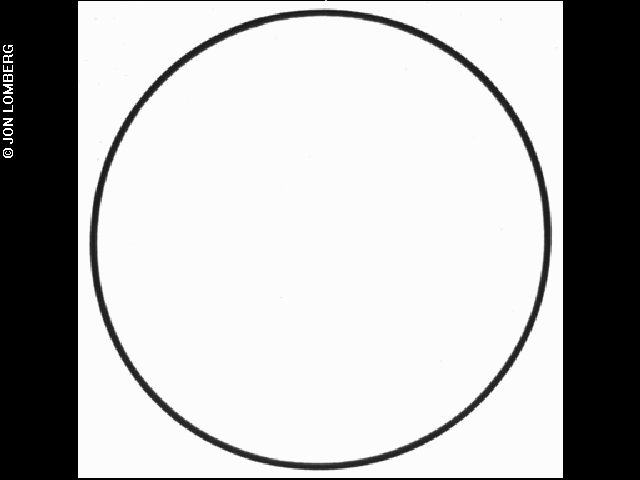
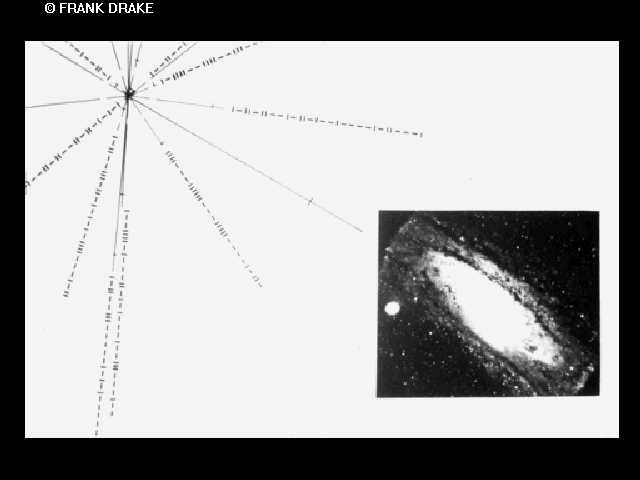
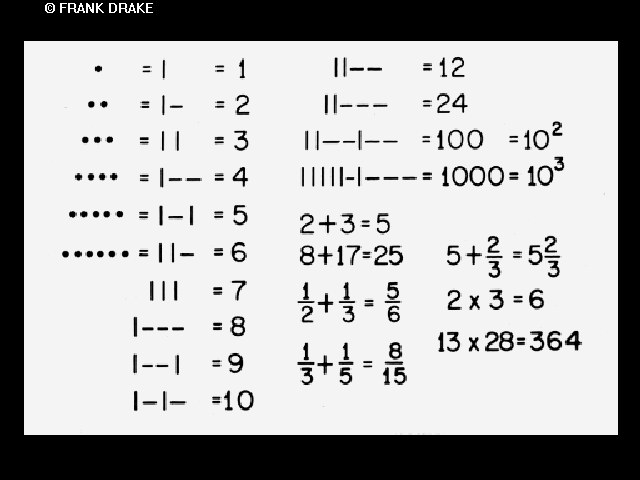
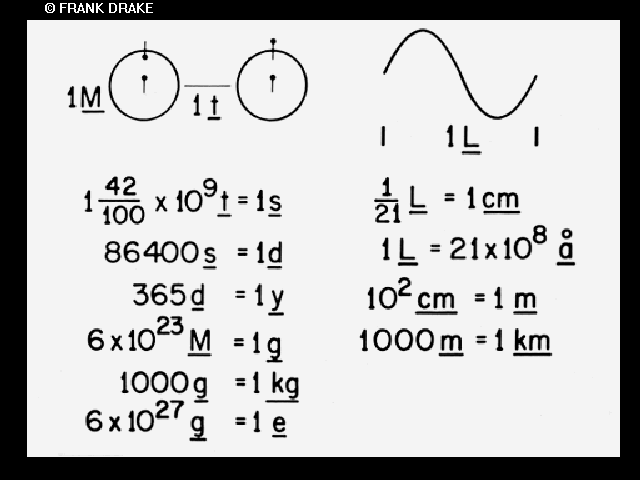
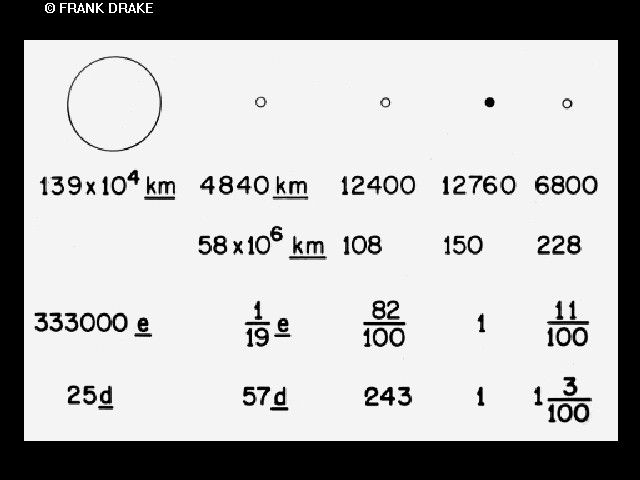
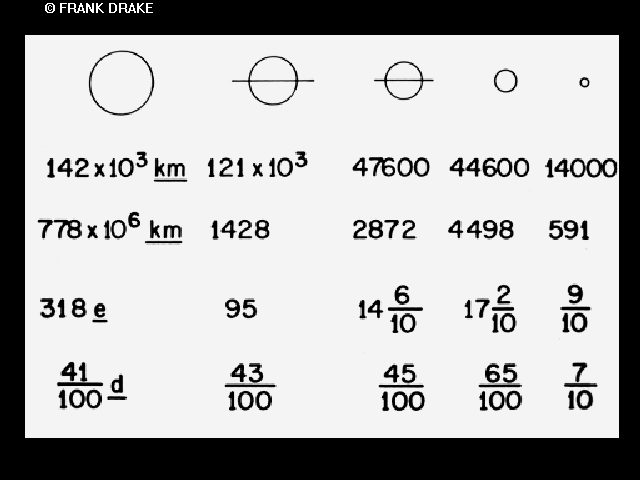
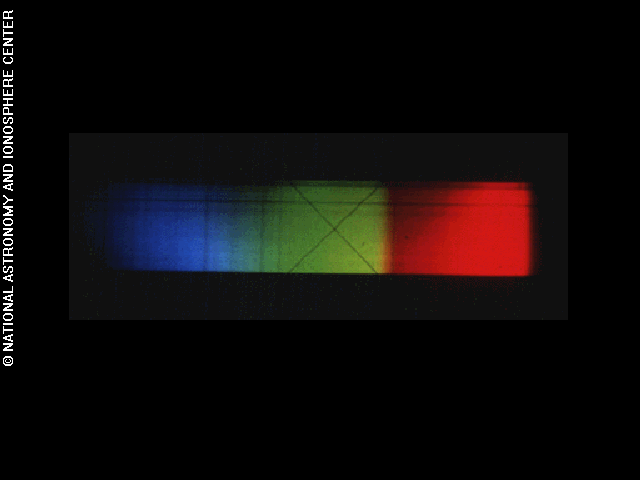
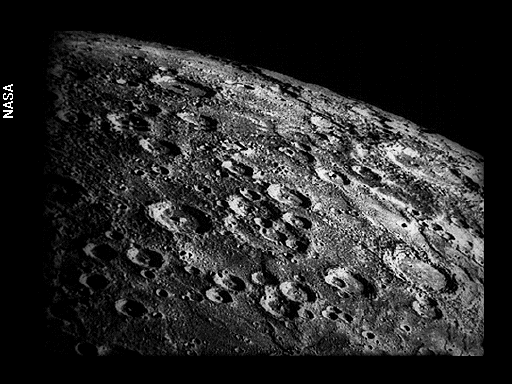
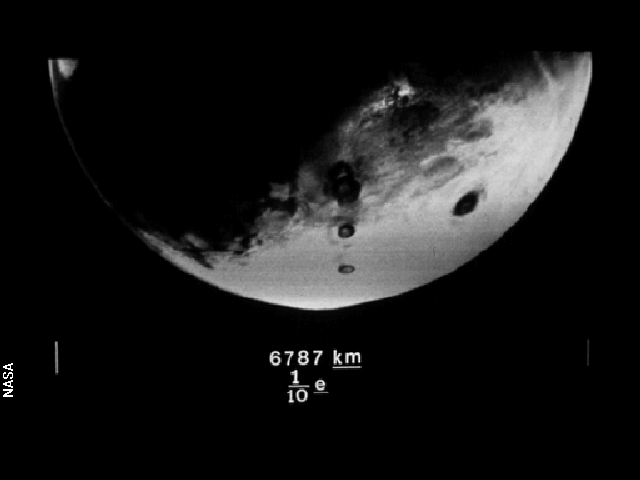
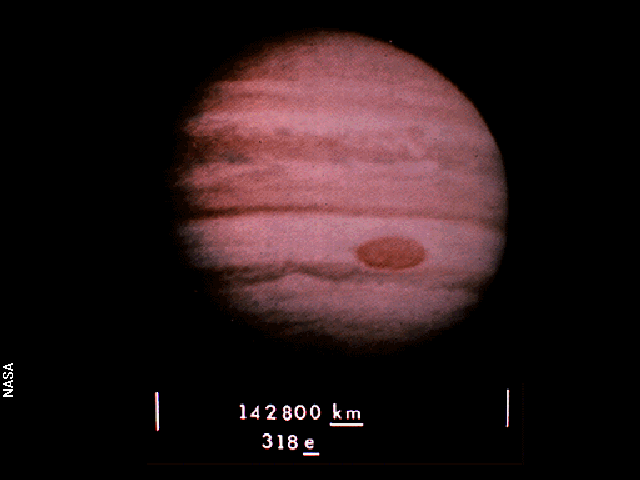
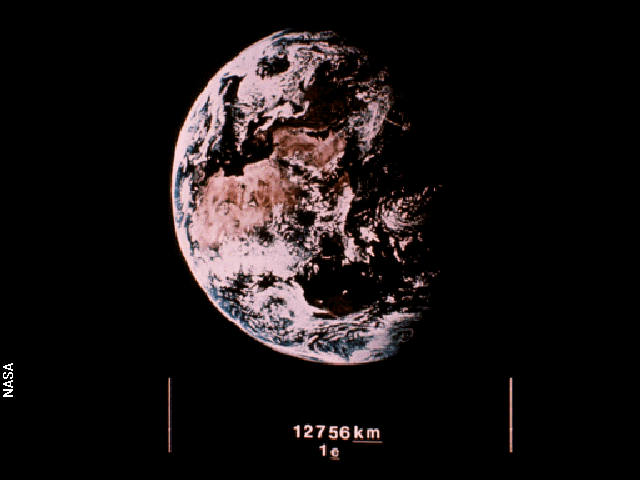
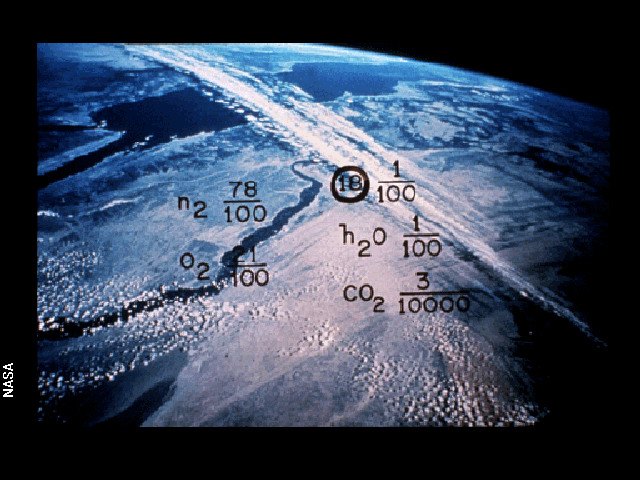


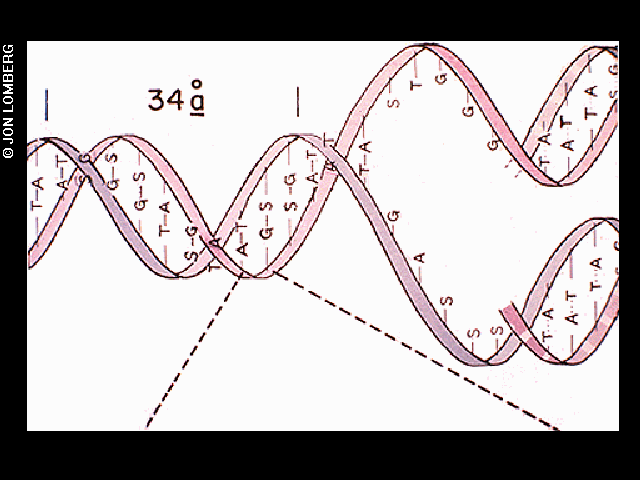
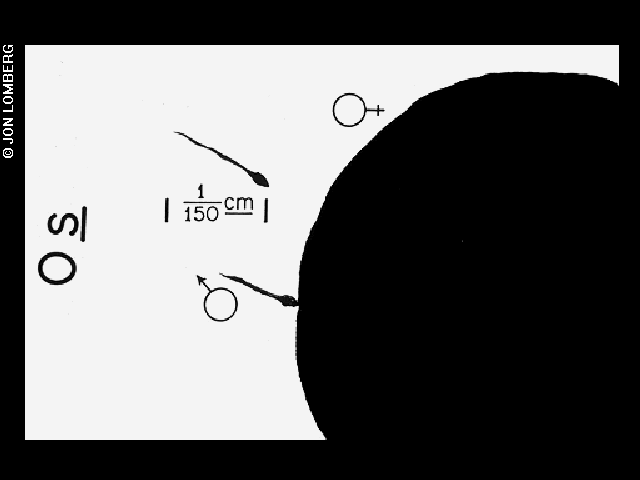
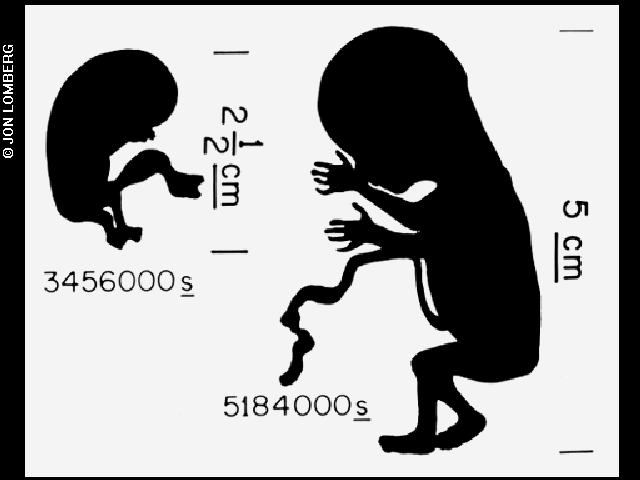
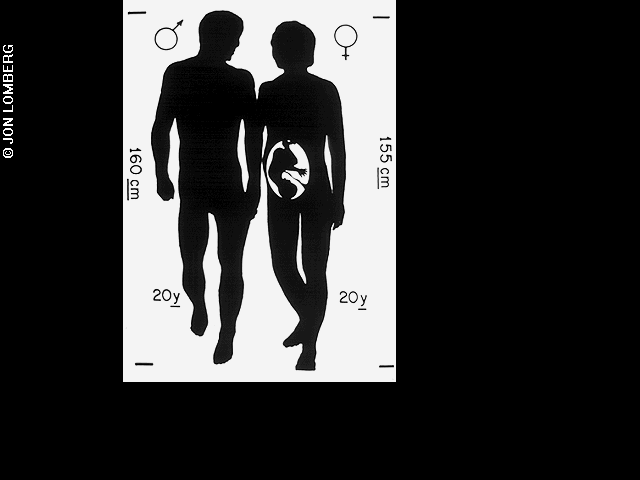

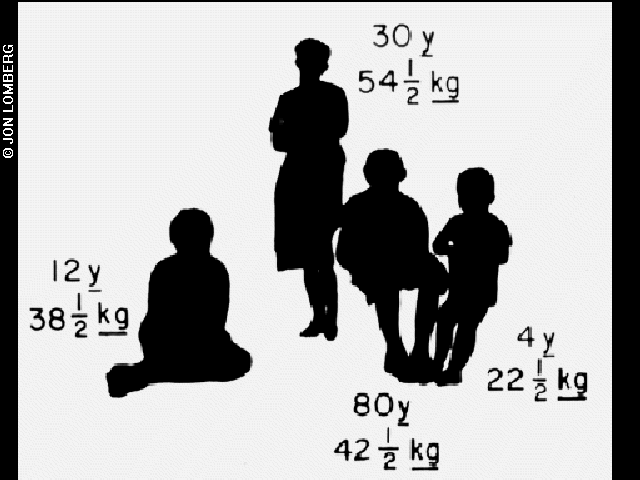
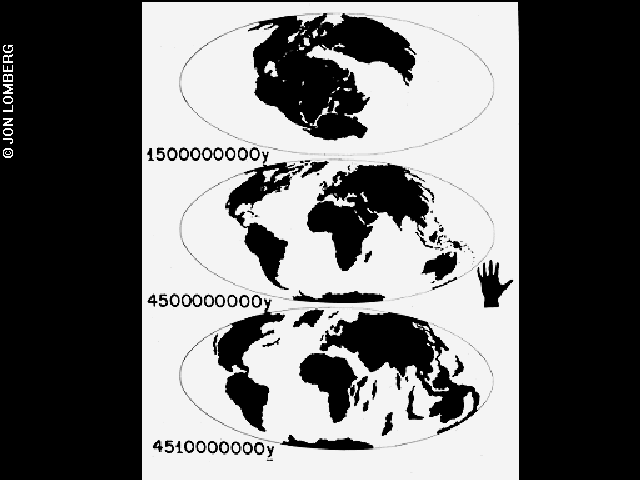
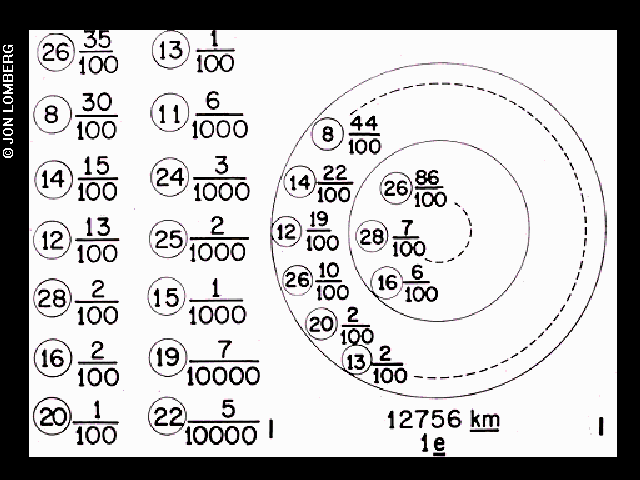
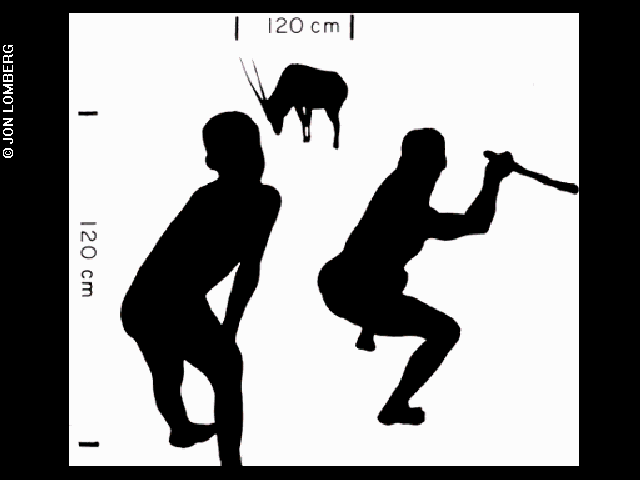
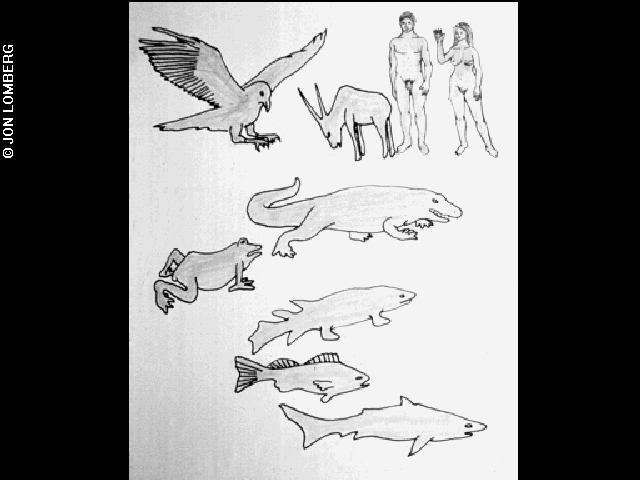
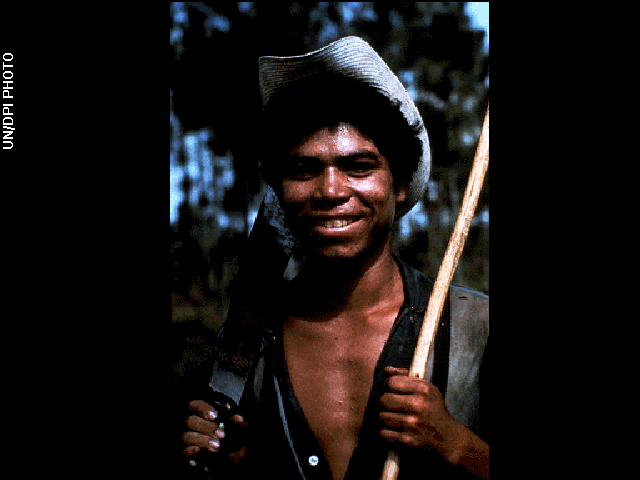
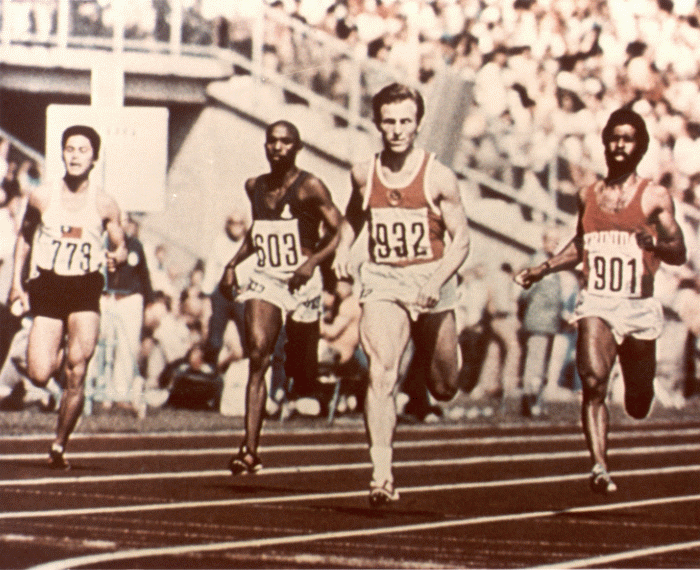

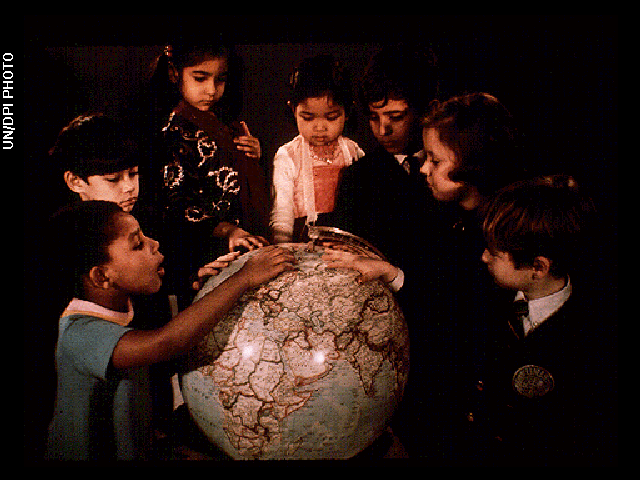



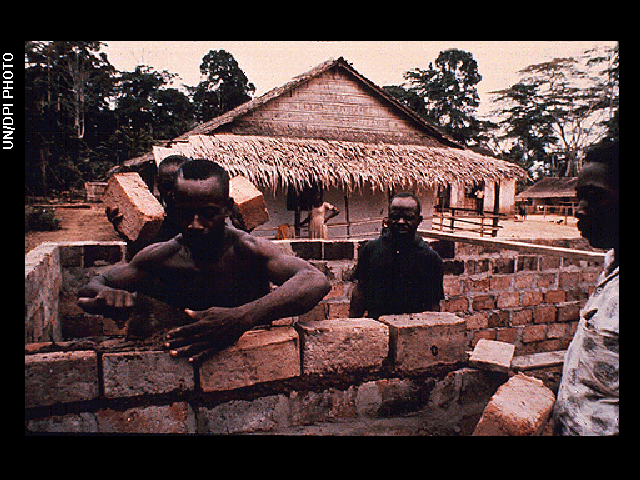
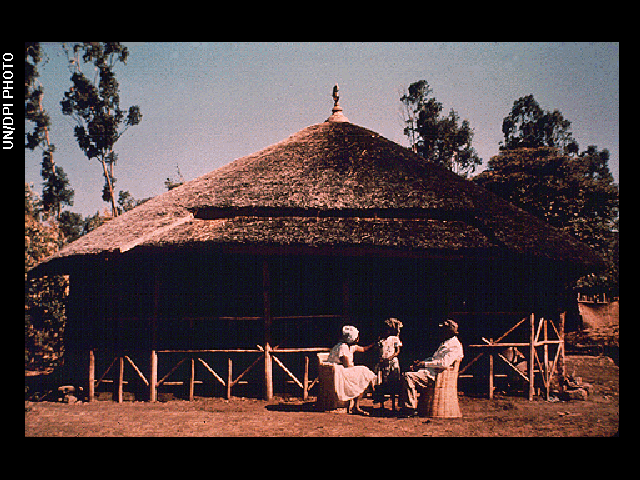
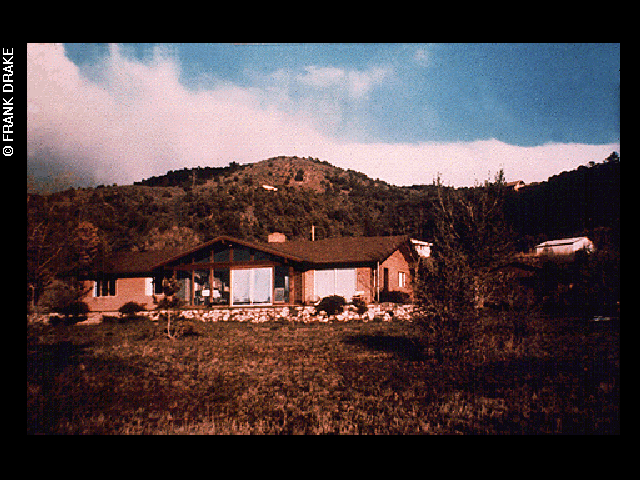

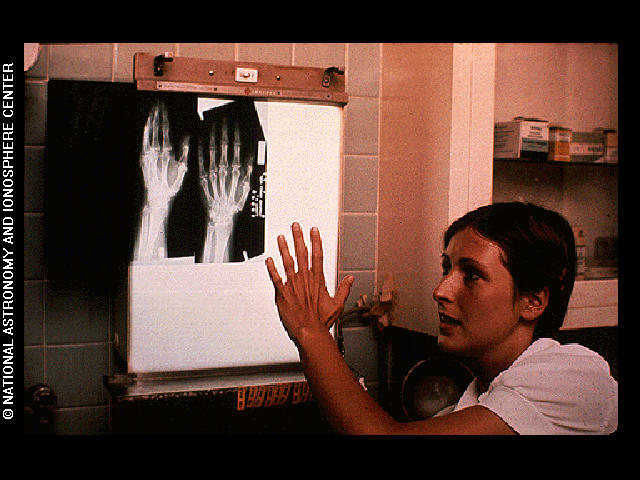
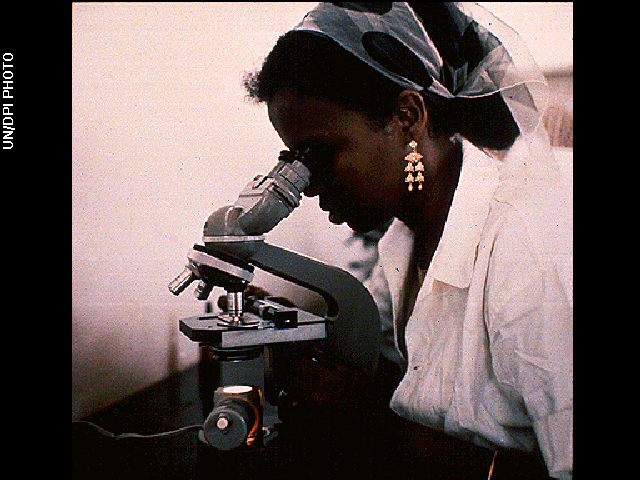
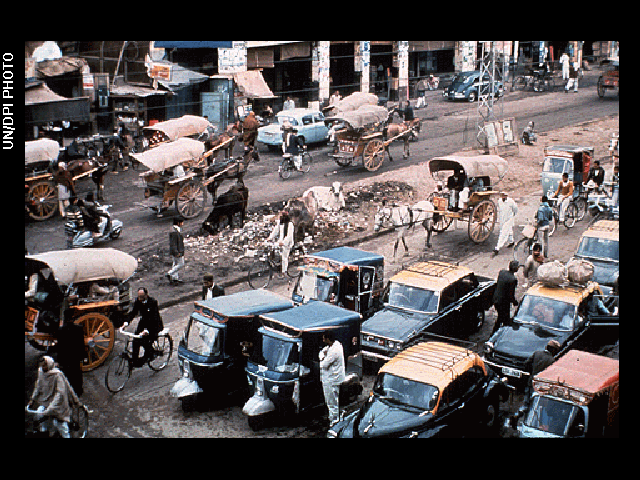
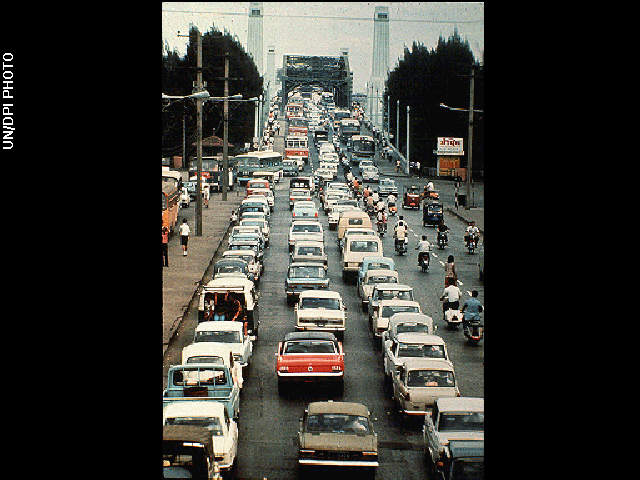
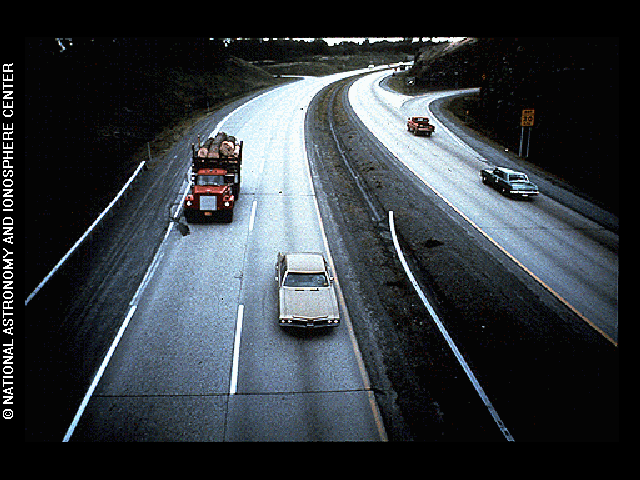
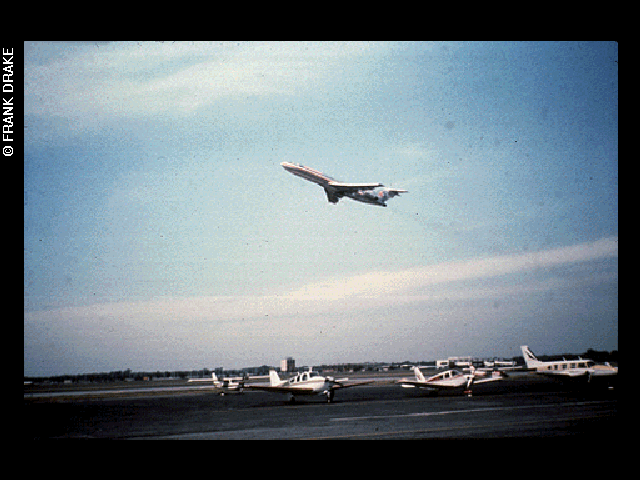
1
2
